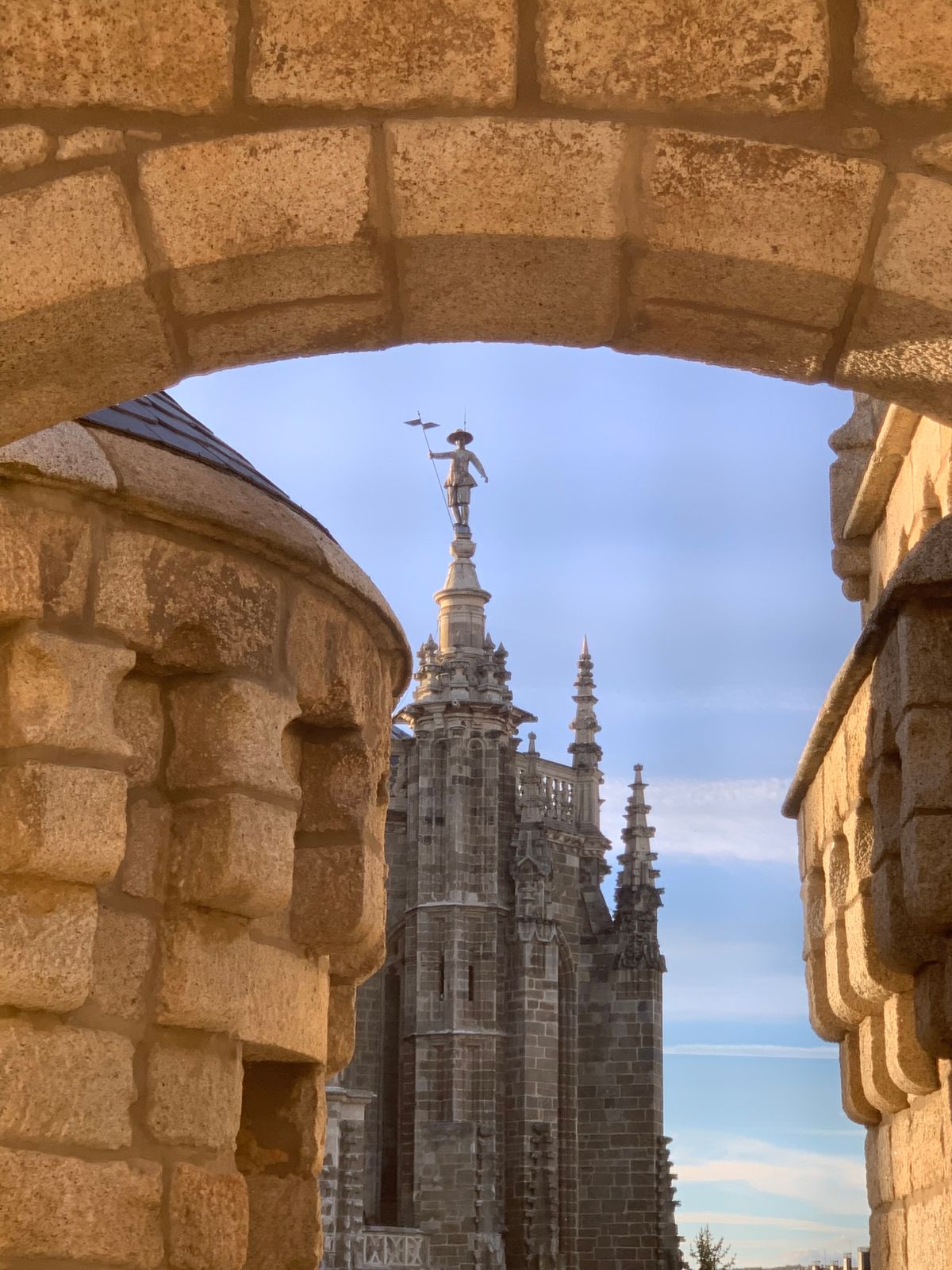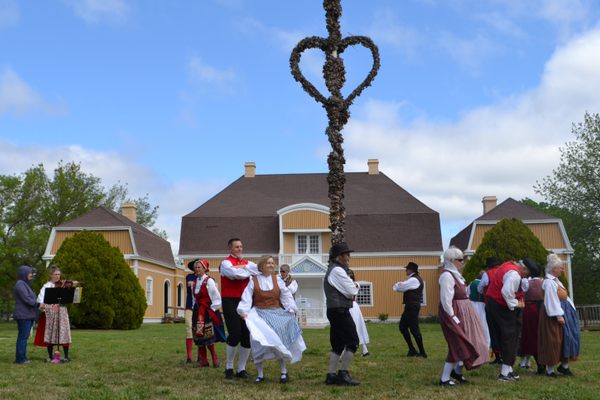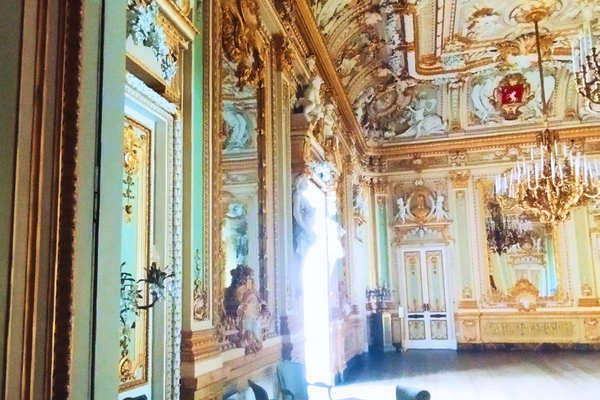About
Catalan architect Antoni Gaudí did not venture much outside Catalonia to work. One of those few occasions was when he accepted the chance to work on this palace in Astorga, León.
Bishop Joan Baptista Grau I Vallespinós decided to entrust the construction of the new episcopal palace to his friend Gaudí, who just like the bishop, came from Reus, Tarragona. Gaudí's imaginative touch is evident in the innovative use of materials, incorporating iron, brick, and ceramics alongside traditional stone.
Gaudí made a significant mark on the Episcopal Palace in Astorga, Spain, with his distinctive architectural style. The palace, constructed between 1889 and 1915, stands as a brilliant fusion of various influences, showcasing Gaudí's innovative ideas and artistic vision.
The most striking feature of Gaudí's intervention in the palace is the facade. Adorned with a combination of organic and geometric motifs, it reflects his fascination with nature and its organic forms. The building's interiors also bear Gaudí's creative flair, with unique decorative elements and functional yet aesthetically pleasing spaces.
Gaudí's work on the Episcopal Palace in Astorga exemplifies his ability to transform existing architectural designs into masterpieces that harmoniously blend traditional and avant-garde styles. The building stands today as a testament to Gaudí's genius, drawing visitors from around the world to marvel at its beauty and architectural significance.
Related Tags
Know Before You Go
Open from May to October from Monday to Sunday from 10:00 am to 2:00 pm and from 4:00 pm to 8:00 pm.
Open from November to April from Monday to Sunday. From 10:30 am to 2:00 pm and from 4:00 pm to 6:30 pm. Closed: December 25, January 1, and 6th, On Mondays, late in the morning and in the afternoon.
Free entry for individual visits by requesting it within 24 hours in advance through the contact form on the palace website (two tickets per request).
Published
August 1, 2023

















































